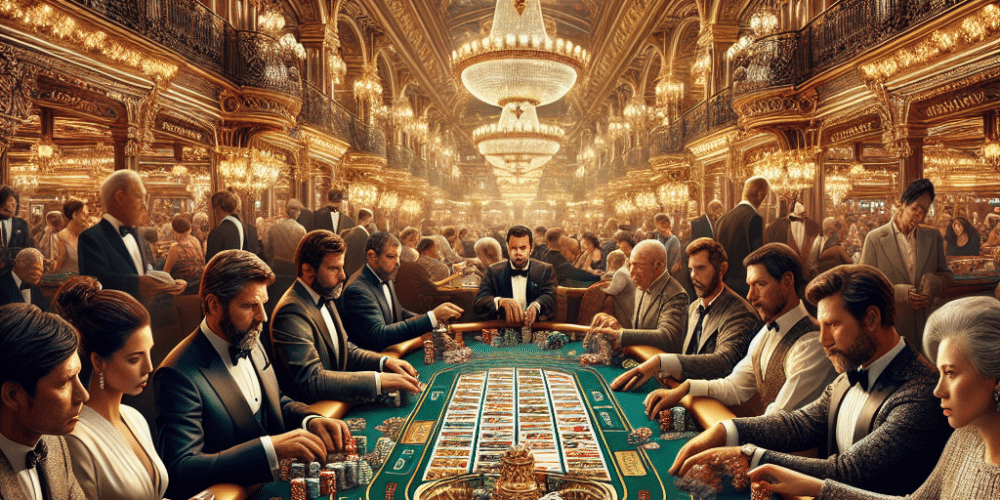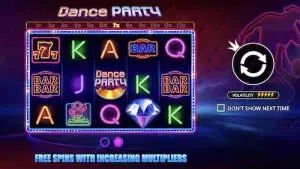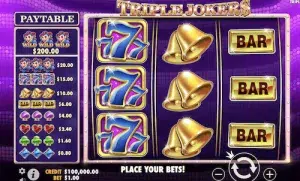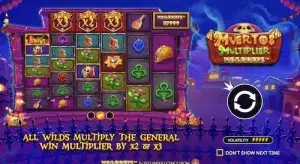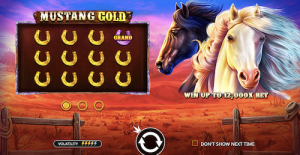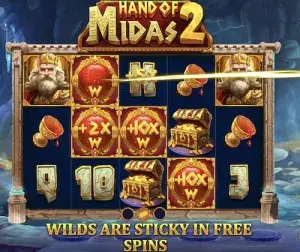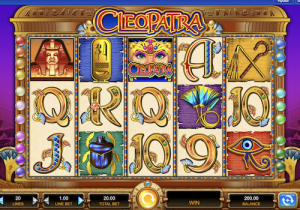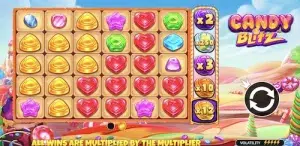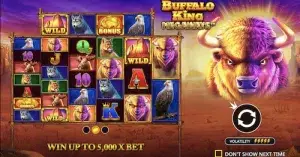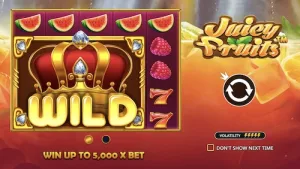Faced with a challenging table and high stakes, I discovered the value of patience in poker.
The Mediterranean breeze was particularly soothing, a stark contrast to the tension that filled the air of the opulent poker room at the Casino de Monte Carlo. I hadn’t planned on winding up here, but the allure of the Côte d’Azur and the legendary status of this gaming palace had pulled me in. It was a far cry from the cozy, familiar digital tables I frequented back home or even the bustling Vegas casinos I had come to love. Here, in Monte Carlo, the stakes felt different — heavier, as if the very air was thick with the weight of history.
I found myself seated at a table for a high-stakes Texas Hold’em game, the kind that could make or break a lesser-experienced player in a matter of hands. Across from me sat a formidable looking gentleman from Italy — let’s call him “Luca.” His eyes were sharp, taking in everything and giving away nothing. Next to him was “Elise,” a cool and calculating player from Paris who seemed as serene as the ocean but with strategies as deep and unpredictable.
The game started off rocky for me. I lost the first few small pots, my attempts at bluffing read easily by Luca, who seemed to have the devil’s own luck on his side. It’s these moments, the early setbacks, that really test your poker mindset. You learn pretty quickly that how to win at poker isn’t just about the cards you’re dealt but how you play them — and equally, how well you can read your table.
A turning point came when I was dealt a seemingly modest hand — a 6 of Hearts and a 9 of Diamonds. Not something to usually get excited about, but the flop brought a 6 of Clubs, 9 of Spades, and a King of Hearts. Two pairs, not too shabby. Luca bet heavily, trying to bulldoze his way through as he had been all evening. Elise folded after a moment’s hesitation. I called, trying to mask the nervous drumbeat of my heart.
The turn was a Jack of Clubs. Luca went all-in. My mind raced — was he holding a King and a Jack? A flush draw? The stakes were astronomical now. The old adrenaline rush, the one that I chase in every corner of the world, from online rooms to physical tables, pulsated through me. I matched his bet.
The river card was a Queen of Diamonds. No help for flush chasers, but plenty there for someone holding a 10 for a straight. I held my breath as Luca flipped his cards — a King and a Queen. Two pair, but mine was higher. Relief washed over me in an almost physical wave. The chips were pushed my way, and the Italian tossed his cards down with a grunt that spoke volumes.
As the evening wore on, I grew more confident, my earlier missteps evolving into a strategy of cautious aggression. I started to read Luca’s bluffs more accurately, and Elise’s serene face became less of an enigma. I didn’t win every hand, but the biggest pot of the night had been pushed my way, and that was victory enough.
Walking away from the table that night, the clink of chips still echoing in my ears, I reflected on the game. Poker, much like the opulent halls of Monte Carlo, is as much about the spectacle and the show as it is about the strategy. Winning that big pot wasn’t just about the thrill or the money — it was a reminder of the importance of patience, of reading the room, and understanding when to take risks.
The biggest takeaway of the night, however, was understanding my own capacity to adapt. Each player had come with their strategies, steeped in their cultural nuances and personal experiences. Adapting to their styles, reading their tells, and adjusting my play on the fly was as crucial as any textbook strategy.
Monte Carlo taught me a new dimension of playing poker — the art of resilience and the beauty of a well-timed risk. As the sun rose over the Riviera, washing the casino in pale dawn light, I felt a renewed appreciation for this game that continues to challenge and intrigue me, session after session, city after city.



